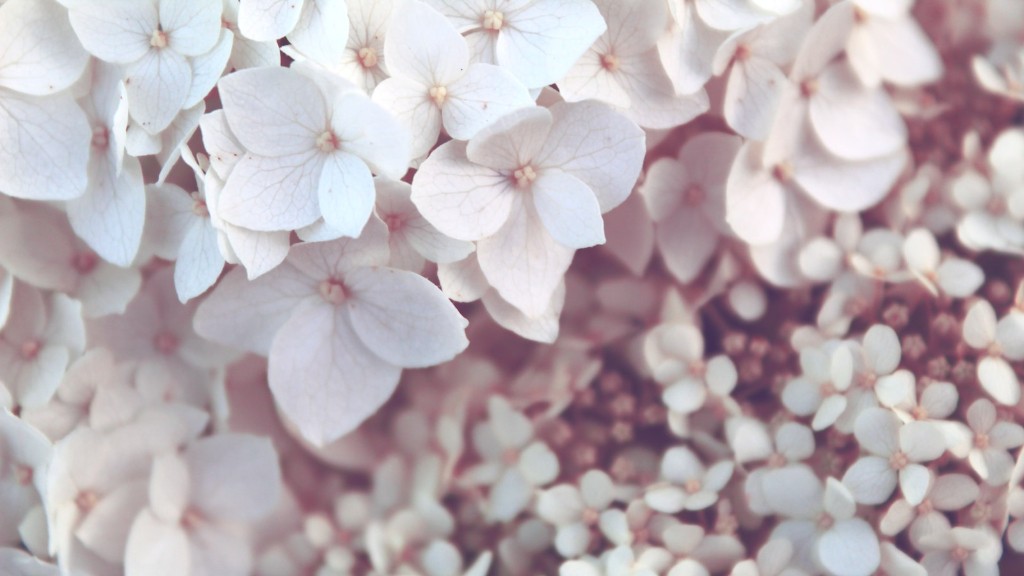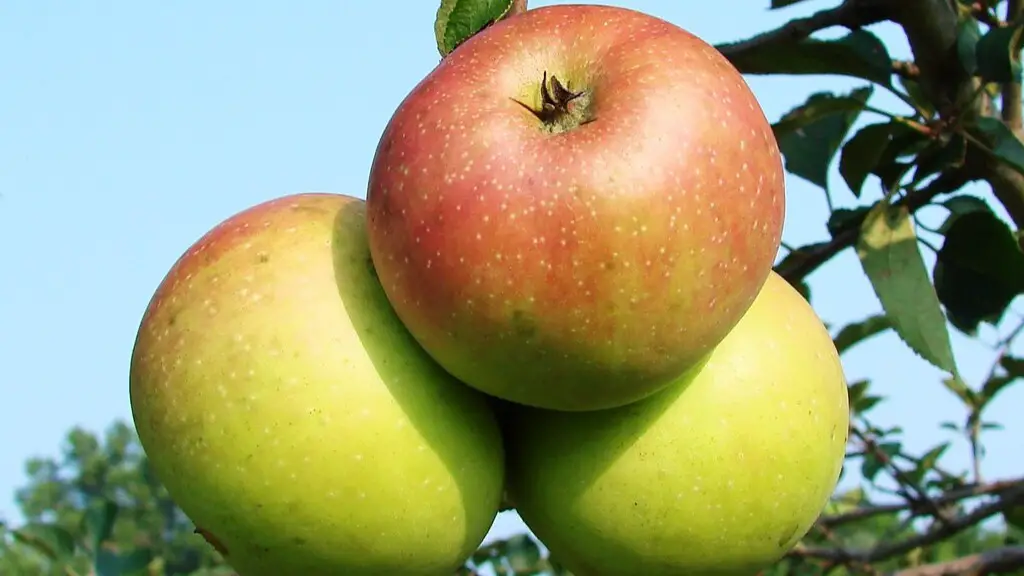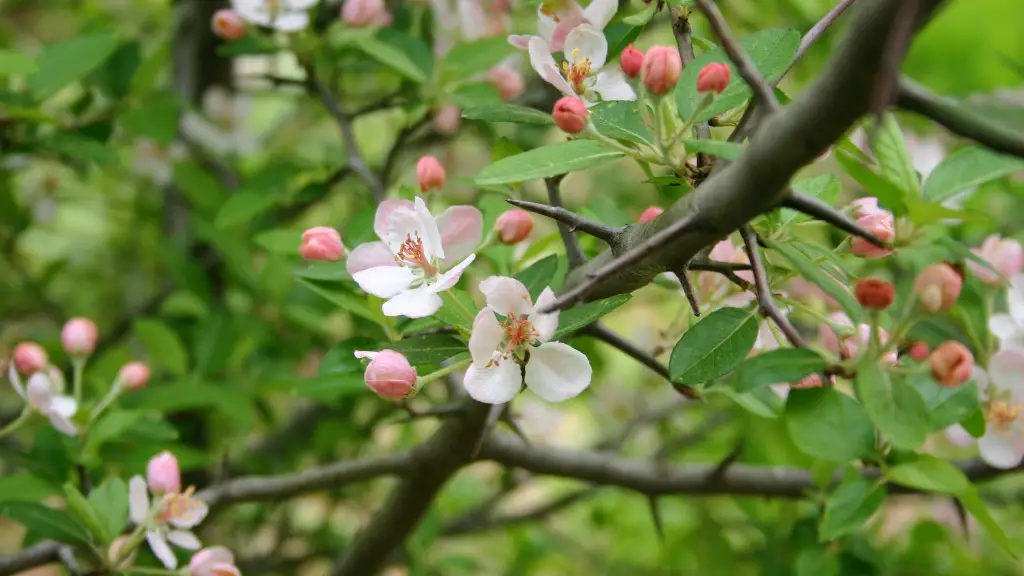What are the Benefits of Pruning Cherry Tree Branches?
Cherry trees are a beautiful addition to any garden, and properly pruning your branches keeps it healthy and happy. Pruning is often done in the late winter to early spring before the tree’s new growth begins. If a cherry tree is left unchecked without regular pruning, it can become overgrown and suffer from diseases, too much shade, and a decrease in fruit production. Pruning branches allows the tree to produce better quality and a larger quantity of cherries. Furthermore, it is important to prune cherry tree branches when they’re young as this will improve the tree’s structure in the future, making sure the tree looks beautiful for years to come.
When to Prune Cherry Tree Branches
The best time to prune your cherry tree branches is during the dormant season, which is usually between late winter and early spring. Pruning during the dormant season will not only reduce the chances of disease and help to shape the tree but it also helps to encourage strong and healthy new growth. Pruning during this period is important as it will also help to reduce the amount of sap that the tree produces, and more importantly reduce the risk of disease in the tree, specifically black knot and bacterial canker.
Tools for Pruning Cherry Tree Branches
When it comes to pruning your cherry tree branches, there are several essential tools you need. The most important tool is a sharp pair of pruning shears, preferably with an ergonomic design. Additionally, you should also have a sharp handsaw and a tree lopper if you have thicker branches to trim. It is also a good idea to wear protective gloves, long-sleeved clothing and safety glasses to ensure you are properly protected while pruning. Having the right equipment will ensure the job is done quickly, easily and safely.
How to Prune Cherry Tree Branches
It is important to note that when it comes to pruning cherry tree branches, it is best to focus on shaping rather than cutting as much as possible. When shaping, you will be removing dead and diseased limbs, suckers, and any damaged limbs. Additionally, it is important to focus on thinning the tree as much as possible, as this will allow more sunlight to reach the tree and reduce interference from neighbouring branches. This, in turn, will lead to larger cherries and an overall healthier tree. When thinning, use light cuts and try to balance out the cuts as much as possible, as this will encourage even growth.
What to Do After Pruning
After you have successfully pruned your cherry tree branches, it is important to take care of the tree. First and foremost, it is important to remove any deadwood that may have been generated while pruning. Additionally, it is important to use a wound dressing on any pruning cuts, as this will help the tree to heal and protect it against pests and diseases. Finally, the tree should be fertilized regularly and monitored to make sure it is healthy and growing evenly.
Common Mistakes to Avoid
When it comes to pruning cherry tree branches, it is important to be aware of the common mistakes that can be made. One of the biggest mistakes that can be made is pruning too late in the year. Pruning cherry trees during the summer or fall can shock the tree and lead to further problems. Additionally, it is important to avoid cutting off too much at once as this can hinder the growth of the tree. Finally, it is important to avoid leaving any pruning stubs, as these can lead to diseases, rot and decay in the branches.
Tips for Pruning Cherry Tree Branches
When pruning cherry tree branches, it is important to remember a few simple tips. Firstly, never be too aggressive with your pruning. It is always best to use light cuts and shape the tree as much as possible, rather than aggressively cutting away branches. Furthermore, when it comes to thinning the tree, always make sure to look at the tree as a whole, rather than focusing on one branch at a time. Finally, ensure the shears you are using are sharp and make sure to cleaning them after each use.
In Conclusion
If done correctly, pruning your cherry tree branches can be a rewarding and enjoyable experience. Not only does it help to shape and maintain the tree, it also helps to make sure it remains healthy and produces good quality, abundant cherries. Pruning is best done during the dormant season which is usually between late winter and early spring. It is important to have the right equipment, such as pruning shears, saws and tree loppers, as well as protective clothing, gloves and glasses. Pruning should focus on shaping rather than cutting, thinning the tree while balancing out cuts and avoiding too aggressive pruning. After pruning, it is important to remove deadwood, use wound dressings and regularly fertilize your tree. Finally, avoid common mistakes such as pruning too late in the year, removing too much at once, and leaving any pruning stubs.


